Oil prices plummeting even On Wednesday, the 26th of April
Who are the winners and losers?
Plummeting oil prices are leading to significant revenue shortfalls in many energy exporting nations, while consumers in many importing countries are likely to have to pay less to heat their homes or drive their cars.
Wednesday, the 26th of April
Oil prices lower even on Wednesday. U.S. crude inventories again rose and record supplies in the rest of the world. It cast doubt over OPEC’s ability to cut output and constrict the market.

U.S. West Texas Intermediate (WTI) was trading down 4 cents at $49.52 per barrel at 0845 GMT, after gaining 0.7 percent in the previous session. The WTI price has fallen for seven of the past eight sessions.
North Sea Brent crude, the international benchmark for oil prices, eased 3 cents to $52.07 per barrel. Brent is around 8.5 percent below its April peak. (Reuters)
Market players pointed to the American Petroleum Institute’s (API) in report issued late on Tuesday, as weighing on prices. The report showed crude oil stocks rose 897,000 barrels in the week to April 21, defying expectations of a 1.7 million barrel draw. Also, it showed a huge build in gasoline stocks, unusual for this time of the year.
EIA
“Widespread worries over stubbornly high OECD oil stocks will be justified in what would be a setback to the global oil rebalancing process. So these figures might should be examined by the EIA.”Said an analyst.
The U.S. Energy Information Administration (EIA) will issue its inventory data at 1430 Greenwich Mean Time Today.
Both Brent and WTI prices pared losses and came close to flat after Saudi Energy Minister Khalid al-Falih said his country was interested in further talks between the Organization of the Petroleum Exporting Countries and non-OPEC producers to stabilize oil prices.
OPEC and a group of other producing countries, including Russia but excluding the United States, have pledged to cut output by 1.8 million barrels per day (bpd) during the first half of the year in order to rein in years of oversupply and prop up prices.
Yet prices have largely slumped this year as U.S. inventories remained brimming and global fuel supplies set new records, despite the pledges to cut output.
OPEC-led supply cut started at the start of the year. The average value of the Brent crude forward curve has fallen by over $5 per barrel since then. The slump in Brent is a result of record crude oil volumes in circulation on ships around the world. Despite the cuts.
Thomson Reuters Eikon shipping data showed 50 million bpd have been booked for shipment on tankers this month, up 10 percent since last December, contributing to rising stocks not just in the United States but in key markets like Japan. (Reuters)

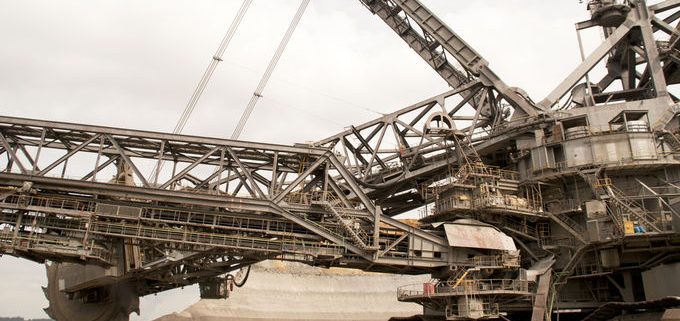



 While Escondida Workers showed their dissatisfaction, it is not the only mine where the results got lower.
While Escondida Workers showed their dissatisfaction, it is not the only mine where the results got lower.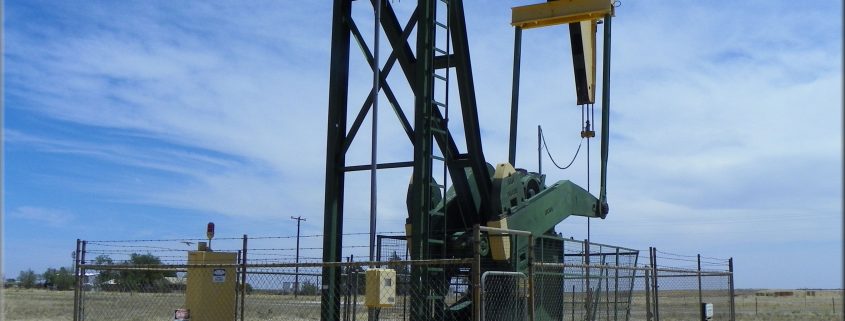
 Major U.S. East Coast refiners profited from railing hundreds of thousands of barrels of discounted Bakken crude to their plants daily from 2013 to 2015. But after North Dakota authorities have built more and more pipelines, the shrinkage began to disappear.
Major U.S. East Coast refiners profited from railing hundreds of thousands of barrels of discounted Bakken crude to their plants daily from 2013 to 2015. But after North Dakota authorities have built more and more pipelines, the shrinkage began to disappear.


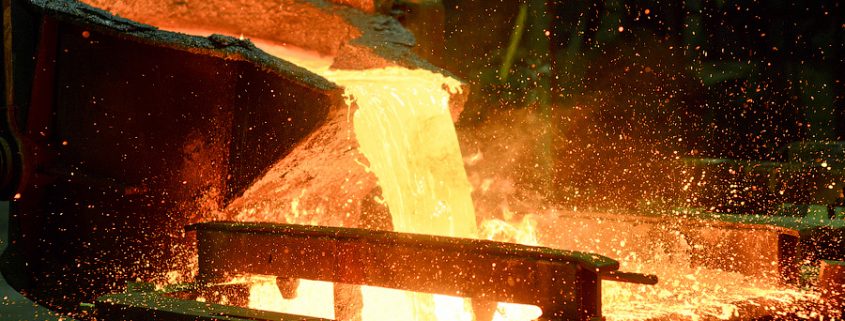
 Base metal prices on the London Metal Exchange were generally up this morning, with copper seeing the biggest increase.
Base metal prices on the London Metal Exchange were generally up this morning, with copper seeing the biggest increase.


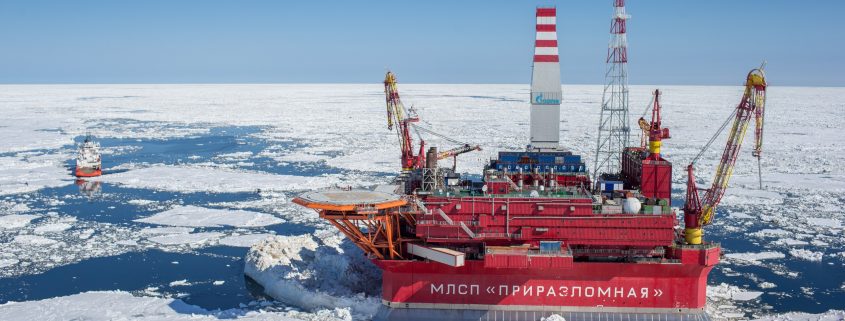

 Novak will meet Russian oil companies this month to discuss the subject. He also reminded they would discuss an extension formally with OPEC on May 24. Without the extension, Raiffeisen bank analyst said forecast for Russian output are: rising about 2 percent in the second half of 2017 to a peak of about 11 million bpd.
Novak will meet Russian oil companies this month to discuss the subject. He also reminded they would discuss an extension formally with OPEC on May 24. Without the extension, Raiffeisen bank analyst said forecast for Russian output are: rising about 2 percent in the second half of 2017 to a peak of about 11 million bpd. has said it plans to boost output this year referring to newly acquired oil fields. Including Kondaneft group of fields in Western Siberia, which are crucial for Russian production.
has said it plans to boost output this year referring to newly acquired oil fields. Including Kondaneft group of fields in Western Siberia, which are crucial for Russian production.
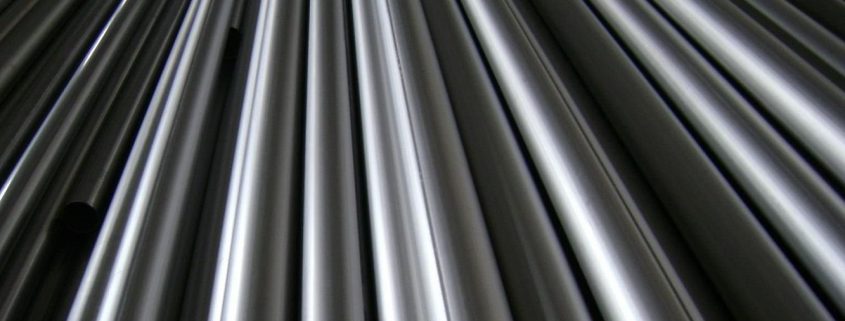



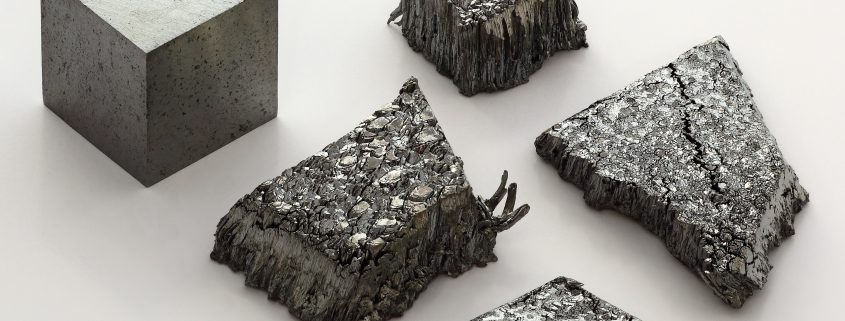




 While the relentless rise in U.S. oil outputs is making a fuss on supply’s side.
While the relentless rise in U.S. oil outputs is making a fuss on supply’s side.





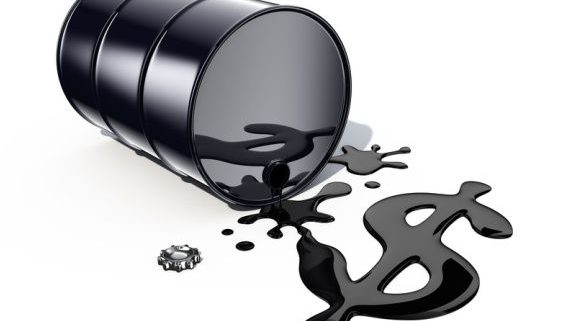
 Firstly, On February 7, 2017, Iran’s oil minister announced that major oil producers should prolong the oil production cut deal in second half of 2017. The production cut would restrain oversupply in the oil market and support crude oil prices. Higher crude oil prices have a positive impact on oil and gas producers. It affects their earnings: like Marathon Oil (MRO), Warren Resources (WRES), Hess (HES), and PDC Energy (PDCE).
Firstly, On February 7, 2017, Iran’s oil minister announced that major oil producers should prolong the oil production cut deal in second half of 2017. The production cut would restrain oversupply in the oil market and support crude oil prices. Higher crude oil prices have a positive impact on oil and gas producers. It affects their earnings: like Marathon Oil (MRO), Warren Resources (WRES), Hess (HES), and PDC Energy (PDCE).

